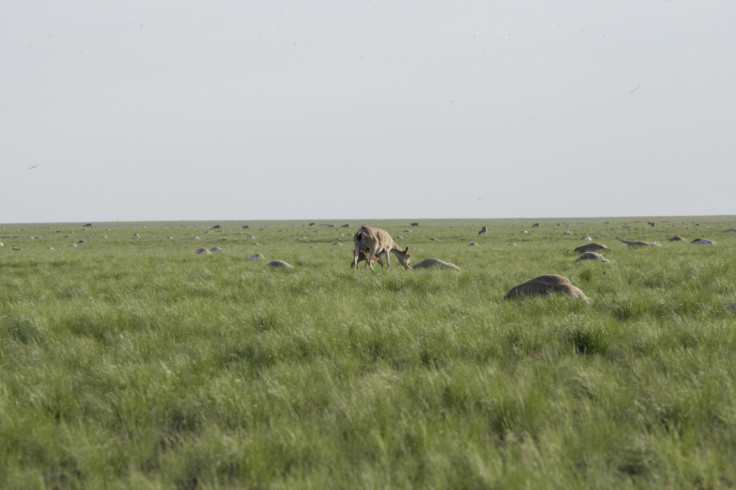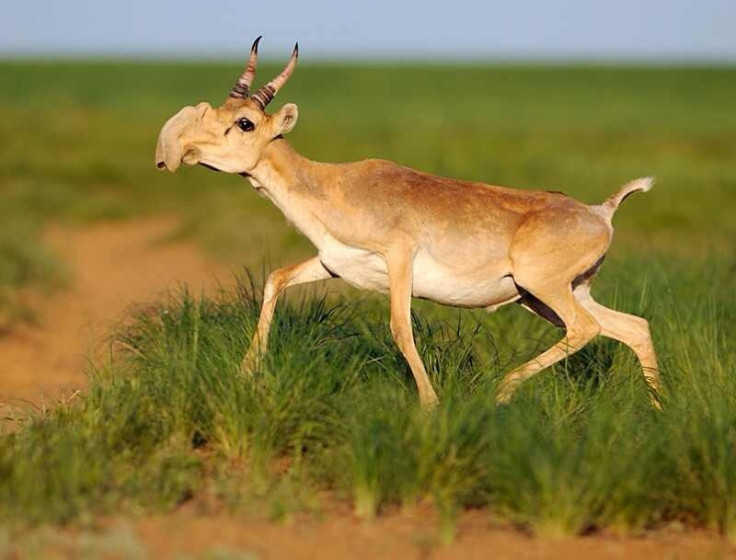Did global warming kill 200,000 critically endangered saiga antelope in just three weeks?
Researchers have uncovered a crucial link that led to the deaths of saiga antelopes in Kazakhstan in 2015.

In 2015, something strange happened as nearly 90% of saiga antelopes living in central Kazakhstan dropped dead in a matter of three weeks. The mysterious demise of some 200,000 antelopes, which is 62% of the global population of the critically endangered animal, took the world by storm at that time. Now, a group of UK-based researchers has got some insights into what may have triggered the mass tragedy.
When saiga antelopes started dying at an alarming rate, scientists from different parts of the world came together to study the dead animals and conduct autopsies. Soon, they figured out that all of them suffered from internal bleeding or blood poisoning, a condition called Hemorrhagic septicaemia caused by a bacterium called Pasteurella multocida.
As the bacterium, found in the tonsils of saigas, is typically harmless, researchers had no clue how it became deadly enough to harm the animals.
The mystery stood for three long years until an international team of researchers posited a study suggesting the bacterial effect was probably due to warmer temperatures and higher humidity.
"The fact that P. multocida infection in saigas... appears strongly linked to high humidity and temperature is of concern going forward, given that a climate change-induced increase in temperature is projected for the region over the short to medium term" the authors noted in the study published in Science Advances.

Though the mass die-off in Kazakhstan was horrific and one of its kind, similar yet smaller incidents have been reported in the past.
Counting all those incidents, the researchers, led by UK's Richard Kock, analysed historical records related to mass saiga die-offs dating back to 1980s, weather records of that period and satellite imagery, the Verge reported. Luckily, things went in the right direction and they found a common connection – in the days leading up to the horrific deaths, it was unseasonably warmer and more humid than normal.
The study highlights a crucial link between changing environmental conditions and the mass bacterial onslaught but it still remains unclear how exactly the bacterium grew deadly or started multiplying. For this, researchers plan to advance this study, digging deep into the factors that could have played a role.
Still, the finding is clear enough to recognise that the critically endangered saiga antelopes and other species in the region are at risk of going extinct with similar or maybe larger mass-death episodes occurring as a consequence global warming.





















